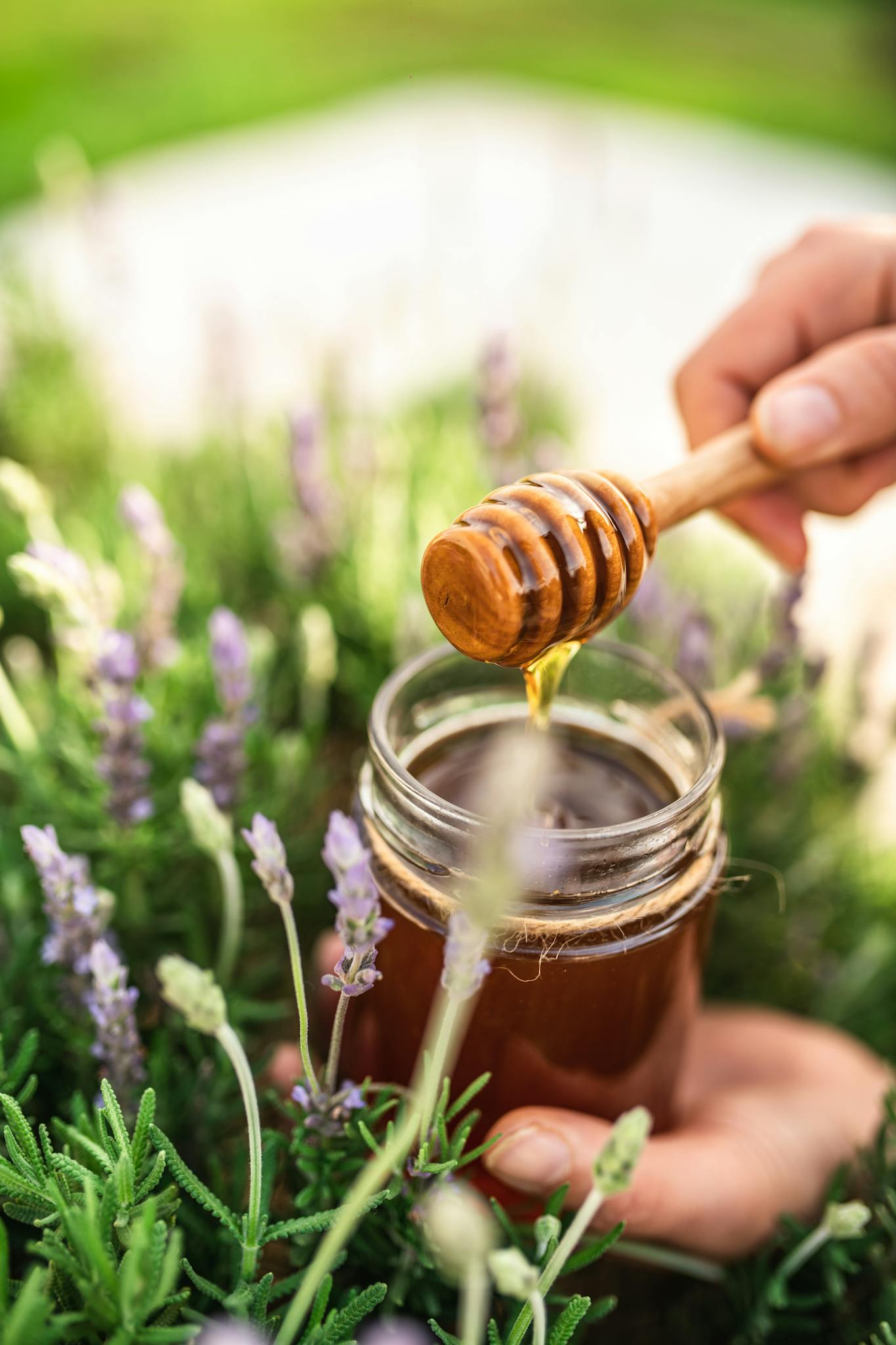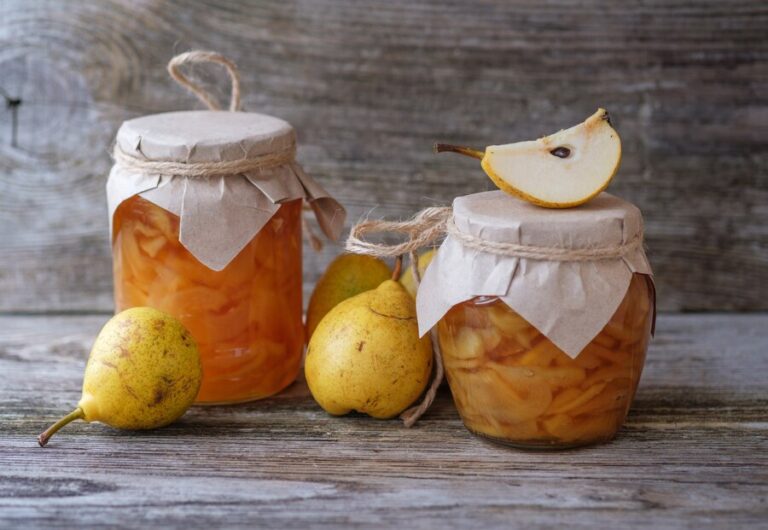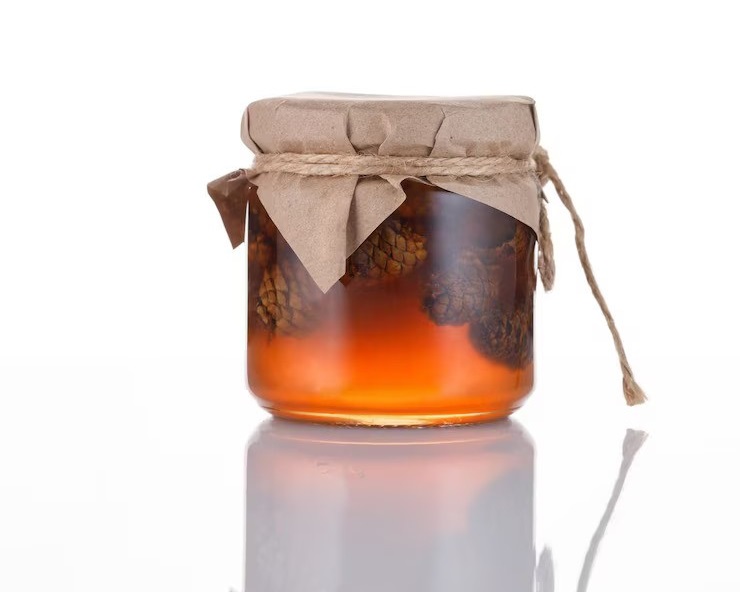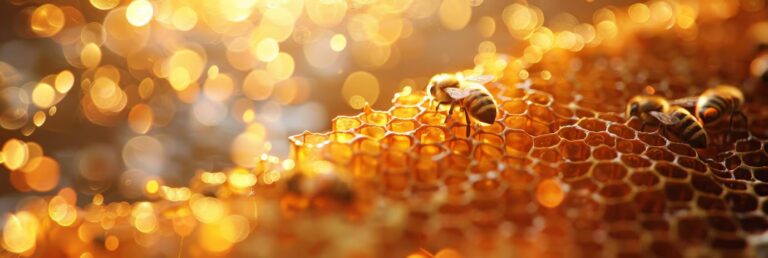Acacia, linden or buckwheat? Differences and properties of different types of honey
Not all honeys are the same. Their color, taste, and aroma vary widely depending on the flowers bees collect nectar from. Understanding the differences between popular varieties like acacia, linden, and buckwheat can help you choose the right one for your needs.
1. Acacia honey: light and gentle
Origin: Produced mainly from the nectar of white or yellow acacia blossoms.
Color and texture: Very light, almost transparent with a liquid consistency. It tends to crystallize slowly.
Taste: Mild, delicate, and slightly floral. It’s often the first choice for people who prefer subtle sweetness.
Uses: Ideal for sweetening tea, drizzling over yogurt, or serving with cheeses. Its gentle taste doesn’t overpower other ingredients.
2. Linden honey: aromatic and bold
Origin: Comes from linden tree flowers, which bloom in early summer and have a distinctive scent.
Color and texture: Light amber to golden yellow, may crystallize within a few months.
Taste: Stronger and more pronounced, with minty or herbal undertones.
Uses: Excellent in warm drinks and traditional recipes. Pairs well with lemon or ginger and is favored for winter use.
3. Buckwheat honey: dark and intense
Origin: Gathered from the nectar of buckwheat plants, typically in late summer.
Color and texture: Dark brown with a thick consistency. It crystallizes faster than lighter honeys.
Taste: Robust, earthy, and slightly malty. Often compared to molasses or dark caramel.
Uses: Suitable for baking, marinades, or as a bold contrast to soft cheeses. Popular in hearty dishes and rustic recipes.
4. How to choose based on your needs
| Need or preference | Recommended honey |
|---|---|
| Light, neutral sweetener | Acacia |
| Aromatic and herbal | Linden |
| Deep, rich flavor | Buckwheat |
| Slow crystallization | Acacia |
| Distinct aftertaste | Buckwheat |
5. Other popular varieties to explore
- Forest honey: Made from tree sap rather than flowers. Dark, with resinous notes.
- Sunflower honey: Bright yellow and floral, crystallizes quickly.
- Clover honey: Common and balanced, suitable for everyday use.
Each region offers unique floral sources, so trying local honeys can be a flavorful adventure.
Conclusion
Whether you enjoy honey in your tea, on toast, or as part of your favorite recipes, knowing the differences between acacia, linden, and buckwheat honeys helps you make the right choice. Taste, color, and aroma are your guides – and each jar tells a story of the plants and bees behind it.





